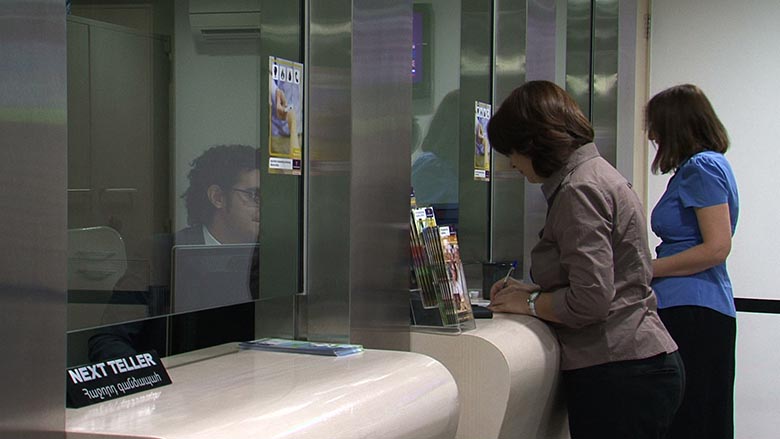Challenge
At the start of the project in 2012, Armenia faced many adverse conditions. The country’s tax-to-GDP (16.3 percent) and tax productivity were persistently below regional averages and other lower-middle-income countries, even during periods of high growth. Administrative deficiencies, including weak capacity to detect and penalize tax fraud and corruption, undermined compliance and contributed to widespread informal business activities. At the same time, taxpayers faced high compliance costs, including onerous tax filing requirements, with an average taxpayer spending 581 hours annually to file taxes.



